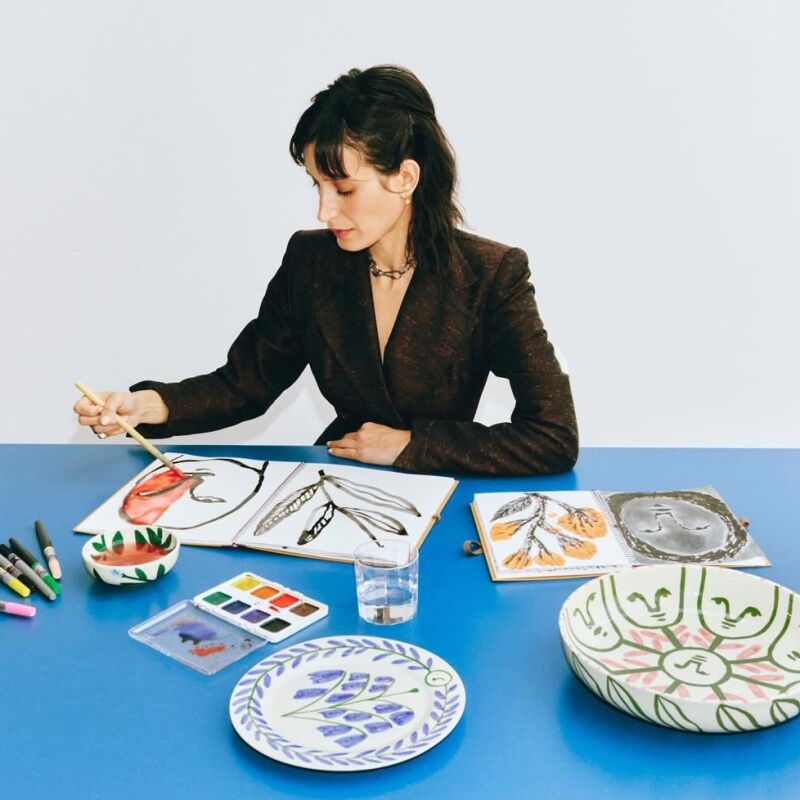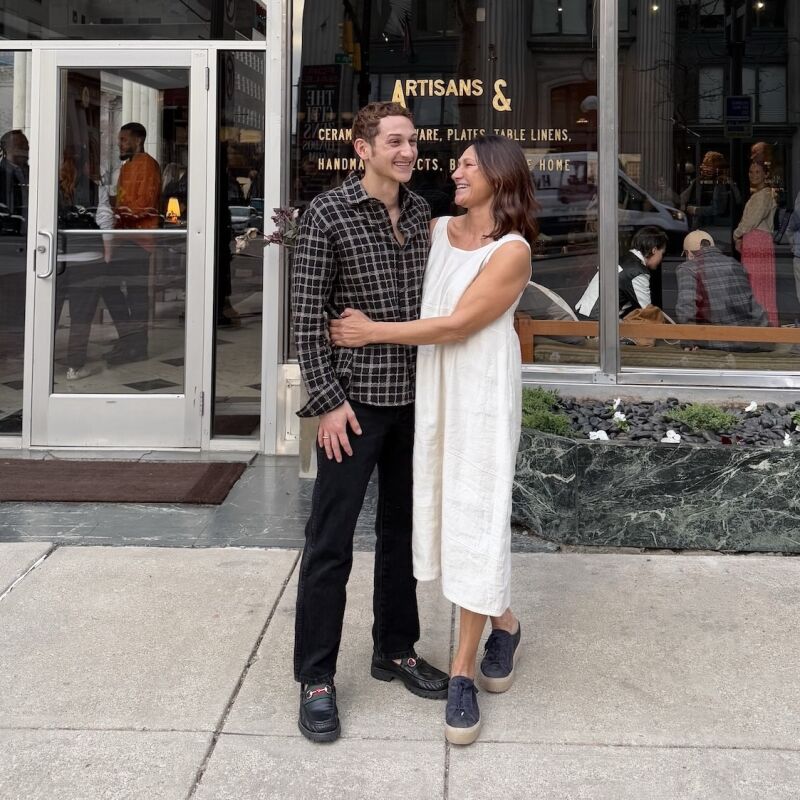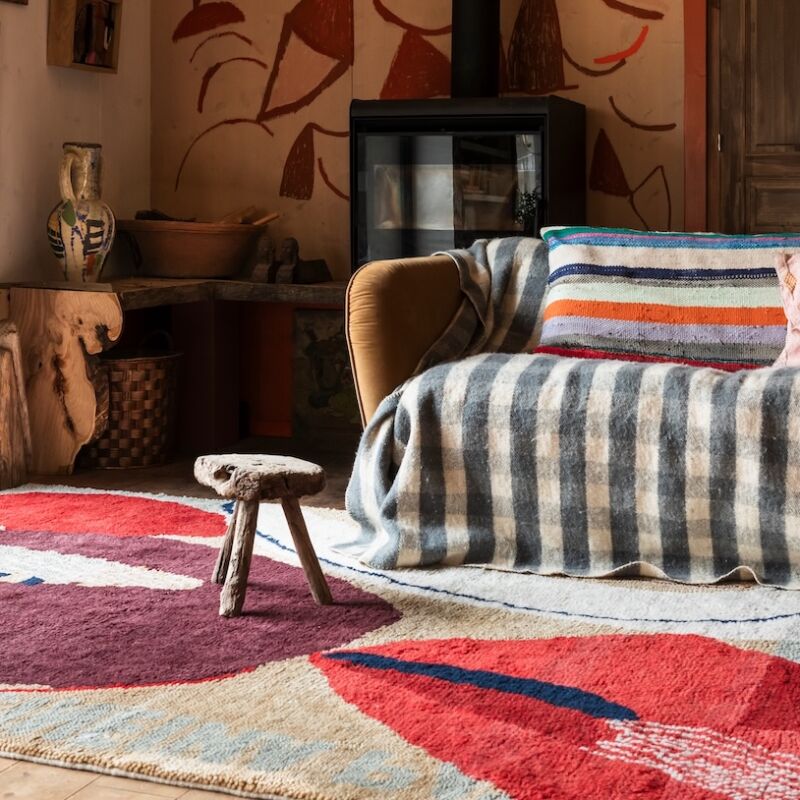British ceramicist Edmund de Waal threw his first pot at the age of five; when he was encouraged to decorate it, he covered it instead with a white glaze, demonstrating early restraint. De Waal went on to apprentice in Japan and study at Cambridge University, where he was a frequent visitor to Kettle’s Yard (see today’s House Call: Kettle’s Yard in Cambridge). De Waal creates infinite variations on the porcelain pot, in a palette of glazed natural tones (white remains his preferred hue); as he says, “Learning to make things that are the same is, of course, part of the grammar of becoming a potter.” These days, de Waal is less interested in the pot as sole object, preferring to show his work in groupings, sometimes encased within a frame. His work can be found in more than 30 public collections worldwide. For more information on de Waal’s work, contact the Alan Cristea Gallery in London or Matin Gallery in LA.
N. B. De Waal (who describes himself as “a potter who writes”) has several books to his name, including The Hare with Amber Eyes, a family memoir centered around a mysterious collection of objets inherited from his uncle; $16.10 from Amazon.

Above: For a show at Kettle’s Yard in Cambridge, de Waal created an installation of “pots on shelves, in a skylight, in boxes, running along the street front window sill and filling whole rooms.”

Above: De Waal describes his installation at the Geffrye Museum in London as “reminiscent of rooms throughout history which have been devoted to the display of porcelain.”

Above: Vessels on display at the Geffrye Museum in London.

Above: An installation at Blackwell House, Britain’s finest surviving arts and crafts house in the Lake District.

Above: An installation commissioned by the Duke and Duchess of Devonshire for Chatsworth House.

Above: An installation at The New Art Centre in Salisbury.

Above: A closeup of the shelf shown above at The New Art Centre.




Have a Question or Comment About This Post?
Join the conversation (2)